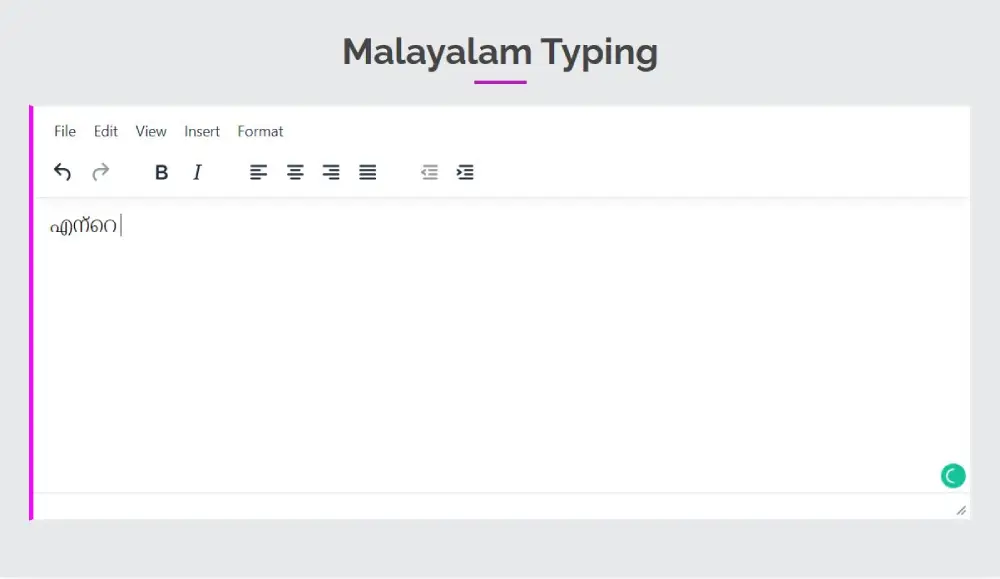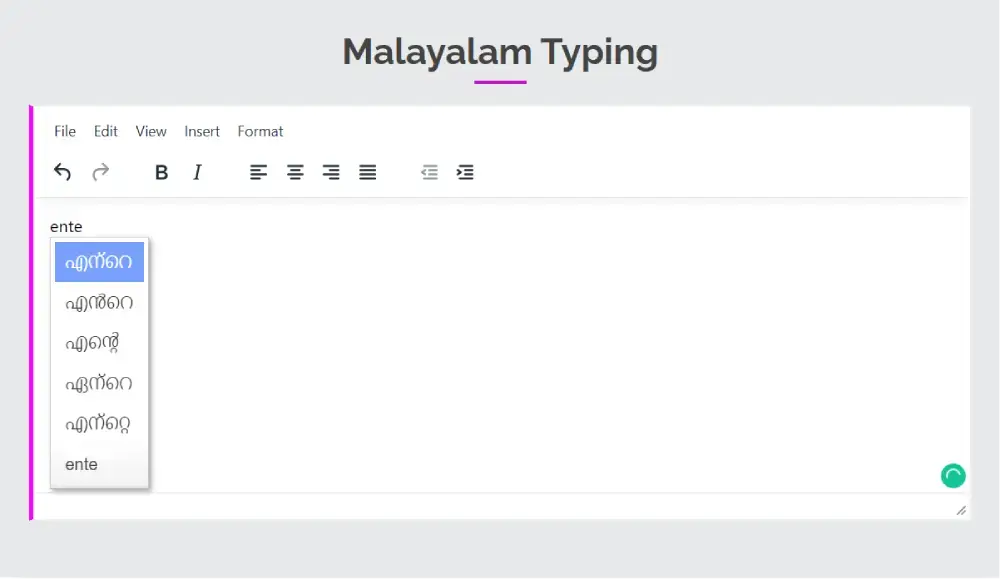Get Started with Our Serbian Typing Tool
Our Serbian typing tool makes it easy to type in Serbian without any technical knowledge or software downloads. All you need to do is visit our website and start typing! Our intuitive layout ensures that you`ll be able to quickly navigate the page and get started with your typing. Best of all, you don`t have to worry about accuracy - our tool will automatically detect and correct mistakes as you type! In mobile when you type in all the given text-area space, your content fills the text-area and if you want to increase the size of the text area, you can expand its size each time you press the button EXPAND and after completion and start a new content typing press the button SHRINK and the text area will be back to its original size. On the desktop, once the text has been typed into the desired language, all you need to do is select it all, press “ctrl-c,” copy it, and then press “ctrl-v” to paste it back into your document. When you are on mobile just simply click the COPY button and copy all your text and then paste it into your desired location. And also clear your text area after typing press the CLEAR button and you can type other contents as you like.
Unable to find the correct transliterate?


Serbian Language
Serbian is a Slavic language spoken primarily in Serbia, as well as in neighboring countries such as Bosnia and Herzegovina, Montenegro, and Kosovo. It is written in the Cyrillic alphabet and has been the official language of Serbia since the country gained independence in 2006. Serbian is closely related to other Slavic languages such as Croatian, Slovenian, and Bulgarian.
History of Serbian
The Serbian language has a rich history dating back to the 9th century. It evolved from Old Slavonic, the liturgical language of the Orthodox Slavs, and was heavily influenced by Church Slavonic and later by the Russian and Bulgarian languages. During the Ottoman Empire, Serbian was written in both the Cyrillic and Latin alphabets, but after the country gained independence from the Ottoman Empire in the 19th century, the Cyrillic alphabet became the official script. In the 20th century, Serbian was standardized as a separate language and gained official status in the newly formed country of Yugoslavia. After the breakup of Yugoslavia in the 1990s, Serbian remained the official language of the newly independent state of Serbia.
Serbian Script (српско писмо)
Consonants (Сугласници)
b, c, č, ć, d, đ, dž, f, g, h, j, k, l, m, n, p, r, s, š, t, v, z, ž
Vowels (Самогласници)
a, e, i, o, u
Numbers (Бројеви)
1, 2, 3, 4, 5, 6, 7, 8, 9
Transliterate English to Serbian
Our online typing system will allow you to transliterate English into Serbian. We use the Google transliterate feature to translate, which is very fast and accurate. You can simply convert each word, just press the space bar after typing them. Also, you can get a choice option dropdown if you press the back key. You can edit your text with a text editor to bold, italic etc. Format and style all your converted Serbian content. We use some autocorrection features to transliterate your broken words without retyping them. Which saves you more time in typing.
Press (Ctrl+G) to switch between English and Serbian. Also, you can save them as txt or doc for your further use.
Translate vs Transliterate
Translation refers to the process of converting written text from one language to another while preserving the meaning of the original text. Translation involves converting the words and phrases of a text from one language to their equivalents in another language, taking into account the context and cultural differences between the languages.
Transliteration, on the other hand, refers to the process of converting written text from one script (alphabet or writing system) to another, while preserving the sounds of the original text. Transliteration involves converting the letters and characters of a text from one script to their equivalents in another script, without necessarily preserving the meanings of the words.
For instance, the Serbian equivalent of the English phrase "Hello, how are you?" is "Здраво, како си?" This translation keeps the original phrase`s meaning. On the other hand, the English phrase "Hello, how are you?" can be transliterated into the Serbian alphabet as "хелло, хов аре јоу?", which preserves the sounds of the original phrase but not necessarily it`s meaning.
Translation and transliteration are both useful tools for helping people communicate and understand written text in different languages and scripts. However, they serve different purposes and involve different approaches to converting written text.
